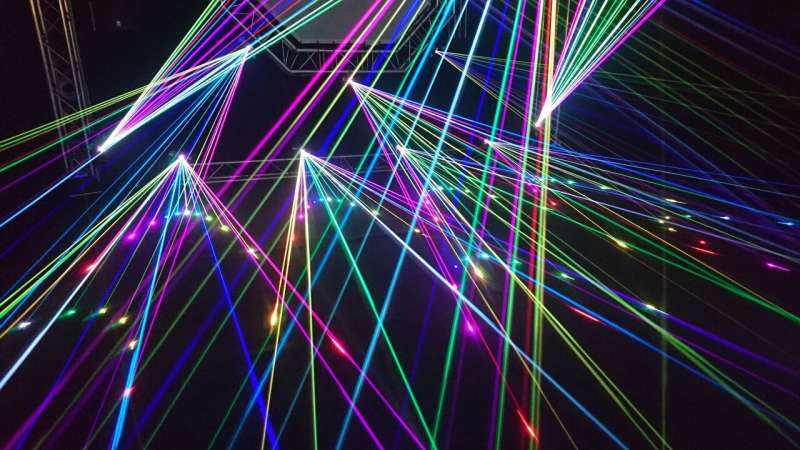Phys.org July 16, 2021
An international team of researchers (UK, the Netherlands) conducted a proof-of-principle experiment in the ultraviolet spectral range to demonstrate a new way of producing coherent light. In FELs the intensity of light is amplified by a feedback mechanism that locks the phases of individual radiators. This is achieved by passing a high energy electron beam through the undulator. As they wiggle through the undulator light emitted from the electrons bunch together causing amplification of the light and the increase in its coherence. If the electron bunch is shorter than the wavelength of the light produced by the undulator, it will automatically produce coherent light which leads to very brilliant light with the same properties of light from a laser. The experiment theoretically demonstrates that this can be achieved using a laser-plasma wakefield accelerator, which produces electron bunches that can have a length of a few tens of nanometres. The work significantly advances the state-of-the-art of synchrotron sources using a short undulator and attosecond duration electron bunches…read more. Open Access TECHNICAL ARTICLE

Credit: CC0 Public Domain